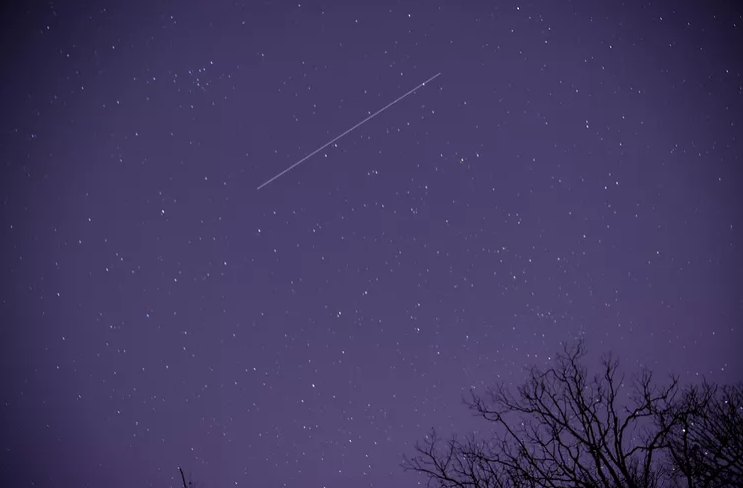
As the year draws to a close, the night sky promises one more extraordinary display—the Geminid meteor shower, set to peak tonight and extend into tomorrow.
Regarded as the most robust meteor shower of the year by the American Meteor Society, the Geminids offer a dazzling show, heightened this year by the proximity of a near-to-new moon. This cosmic alignment ensures jet-black skies, weather permitting, for an exceptional viewing experience. For the best visibility, enthusiasts are encouraged to observe the meteor shower from a dark-sky destination, such as a national park or stargazing-friendly hotel, where they may witness up to 120 Geminid meteors per hour during the peak of the shower.
Here’s how to maximize the viewing of this celestial event, including where to look, when to start stargazing, and key details about the cosmic confetti overhead.
When to Watch the Geminid Meteor Shower The Geminids span from November 19 to December 24 this year, with the peak occurring from December 13-14, according to the American Meteor Society’s calendar. This timing is ideal, with the moon being just 1 percent full, resulting in minimal light obstruction. The near absence of moonlight creates a naturally dark sky, offering the potential to observe over 100 soaring meteors per hour when combined with a low-light-pollution viewing location.
The best viewing times are in the early night, after 9 p.m. local time, and in the predawn hours, as advised by NASA. Allot at least 30 minutes without artificial light sources to allow your eyes to adjust for optimal meteor shower visibility.
Where to Watch the Geminids The darker the skies, the better the Geminids sightings. Seek out a viewing location with minimal light pollution, with open views to the east and southeast horizon, such as a lake or hilltop. The meteor shower will be visible near the Gemini constellation.
Expect Bright, Fast, and Colorful Meteors The Geminids are celebrated for their vibrant, colorful displays. Royal Museums Greenwich notes that these meteors can appear in hues of white, yellow, green, red, or blue, a phenomenon attributed to trace metals in the space objects, similar to the way fireworks obtain their colors. The shower is also known for the occurrence of chance fireballs—remarkably bright and swift meteors streaking across the sky.
While captivated by the Geminids, take a moment to glance north. On December 13, near the Ursa Minor constellation, the Ursids meteor shower will commence, offering the opportunity to conclude your 2023 stargazing with a double meteor shower spectacle in one night.




